Hungarian lilac for no wonder deserved the title of nationwide favorite. Explanations of this are its absolute aesthetics and versatility, ease of care and unpretentiousness, existence and survival in conditions of significant temperature differences. The blooming lilac is a symbol of the approaching heat and summer, it is impossible to squeeze out of its colors, and its fragrance can inhale infinitely.
Hungarian lilac - photos, features and advantages
Hungarian lilac is famous for truly beautiful blossoms, luxurious colors and lush inflorescences. Mainly, the shrub is common in Europe, where the gardeners are successfully grown not only in the central parts, but also the Arkhangelsk region, Siberia, the Urals and the Phalary with their harsh winters.
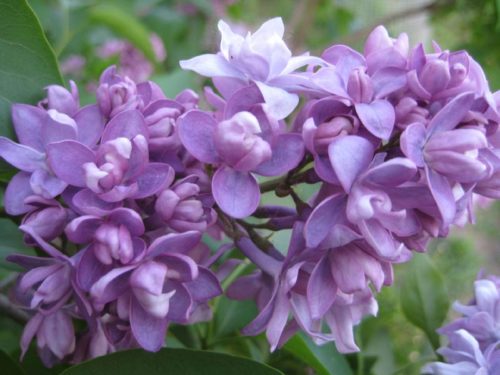
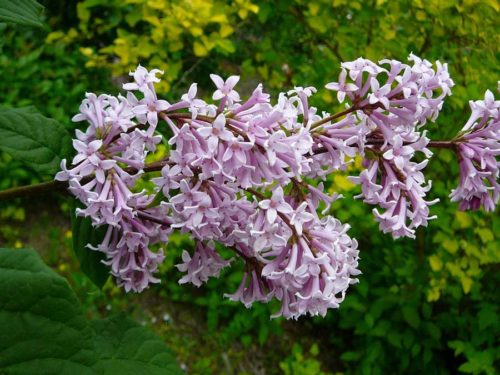
Specifically, this type of lilac is not too common among flower lovers, and in vain, looking at the obvious advantages of this shrub:
- compactness, the possibility of cultivation even in conditions of a small garden section;
- unpretentious, growing even in the most severe corners of the continent;
- resistant to drought and other adverse weather conditions;
- ability to surprise with chic late flowering;
- a wide range of color palette, which depends on the age of a tree, as well as on the nature of the soil and climate; The color of the flowers "Hungarian" can change from the season for the season, but not radically color, but only losing or adding saturation of the flowering tone.
In the time of the USSR, this shrub even got into the Red Book.
Hungarian Lilac: Description
View of the Lilac Hungarian (Syringa Josikaea) is one of the most compact Lilac (Syringa). Even in the conditions of the natural medium, the height of the Hungarian lilac does not exceed 3-4 meters. Crown in diameter is always already than height, thanks to which the plant always looks elegant. Having achieved its optimal sizes, the shrub ceases to grow, while it grows quite quickly - an annual increase of at least 25-30 cm per year.
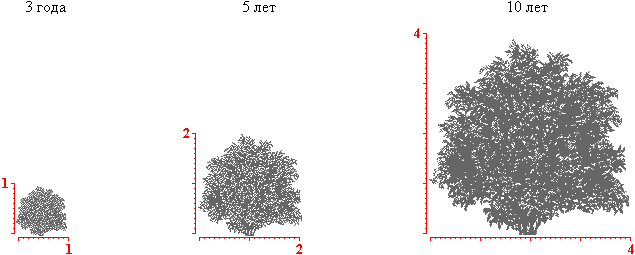
This plant is distinguished by the stability of the crown, its accuracy and natural roundness, which eliminates the need to constantly engage in its molding.
The shoots of the Lilac Hungarian beautiful and thick, the reprehension, aimed at the height, which creates the effect of some crown openwork. The shrub itself does not lose its attractive and lush look even in the cold season.
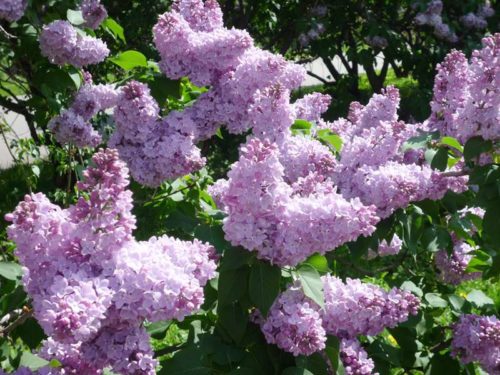
Even the old shoots do not differ in their color from the shoots of the lilac of another species, and the young twigs of a purple-purple shade significantly revive the green garden entourage. Hungarian lilac does not give root offspring, which must be considered when it is reproduced, but it is a promising natural decor of any garden.
The leaves of the plant - in the form of a wide ellipse, rich green, with a glitter, reaching up to 12 cm long, have gentle shubbing around the edges, and a gray-green shade has a slightly lowered along the middle ground.
Flowers - purple "on the leg", having a kind of elongated tube, small, with not too saturated aroma. They differ in the long-term "design", assembled into narrow inflorescences. Especially distinguishable from flowers of other species with a long-term loss of inflorescences. Diameter One flower does not exceed 1 cm, but the whole blooming branch can reach 30-35 cm in diameter.
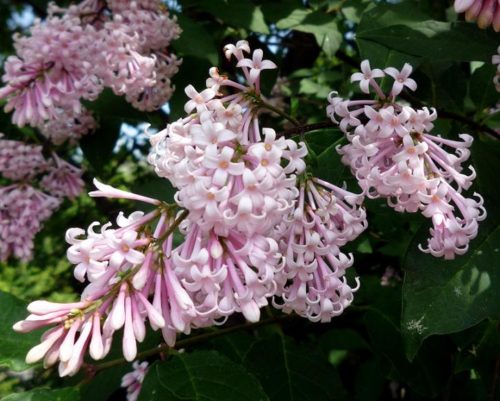
The flowering of Lilac Hungarian takes place for 2-3 weeks later than the shrubs of other species and lasts for 20-25 days. The durability of the extension of the shrub is up to 90 years and more.
Hungarian undemanding not only for weather, but also to soil conditions, but loves light in combination with a non-essential shadow.
It is recommended to plant a lilac as both single and group compositions of garden shrubs, as well as for the construction of living ingredients and landscaping, both private and urban and industrial sites.
Lilac Hungarian: landing and care
If you planned the disembarking of this shrub on your garden plot, you need to take care of the development of the terrain and the preparation of the soil for the plant. In return, Lilac thanks you with abundant flowering, publishing a thin fragrance, for several decades and a wonderful appearance in need of minimal adjustment.
Lilac Hungarian, buying today in most online stores and special nurseries, does not give off, but the overwhelming majority of its cuttings are rooted even without previous processing. You can root and green, and weathered twigs.

Conditions for landing Hungarian Lilac
The most favorable period for landing of Lilac Hungarian is the time from the second half of July and before the beginning of the autumn. If we sit down a shrub into a frnit soil - landing may be unproductive.
Understandable for lilac lilac, wetlands and flooded in autumn and early spring. Even if the water is forced for a short time, young shoots risk perhaps.
Lilac Hungarian: landing
The characteristics of the soil suitable for landing of lilac: moderately wet, weakly acidic or neutral, fertile, explosive, not prone to stagnation of groundwater.
The distance between the planked bushes should be at least 2-3 meters. Landing pits are equipped with the sheer walls. Their size depends on the soil fertility - no more than 0.5x0.5x0.5 m on the basis with medium fertility and up to 1x1x1 m on the poor. The pit is filled with a substrate, which includes:
- humus (up to 20 kg),
- compost,
- wood ash (about 300 g),
- superphosphate, if you need to acidify the soil (no more than 30 g).
What to do:
- All components of the soil fertilizer are well mixed.
- Shrub landing is better planned for the evening, should not be done under the outdoor sun.
- Hungarian lilac seedlings should have developed roots up to 30 cm long, be well branched.
- The crown must be a bit shorten (for a couple of kidneys), if the roots are too long - it is cut.
- The plant prepared for the landing is installed in the center of the recess.
- It is necessary to uniformly and symmetrically positioned inside the pit of its roots, pour the recess with the substrate and compact the filler around the stem of the lilac seedling.
- Immediately after disembarking the soil around the shrubs, the shrubs is abundantly, and after water absorbing water, it is murdered with humus or overworked with a layer of up to 7 cm.
Lilac Hungarian: Care
The soil looser around the trunk during the period of suggesting the plant produced 4-6 times. During the flowering and active growth of young shoots, watering is made quite often, and in the summer - only in particularly hot days. Loose the soil you need three times per season, including in the spring when the earth will dry, as well as when weeding weeds.
The systematic annual trimming is made to maintain a beautiful shape and lilac flowering lilac. However, in the first 2 years after landing, the shrub grows slow the pace, which means that it does not need it in pruning and forming. Select skeletal branches - the base of the bush - you can start for 3-4 years.
Crossing the shoots of lilac produce in the spring, until the moment when the kidneys swell. At the same time, it is necessary to carefully look at the kidneys and do not touch the branches that promise to "flower", and to walk on those that are located in the middle of the bush and, perhaps, interfere with young shoots.
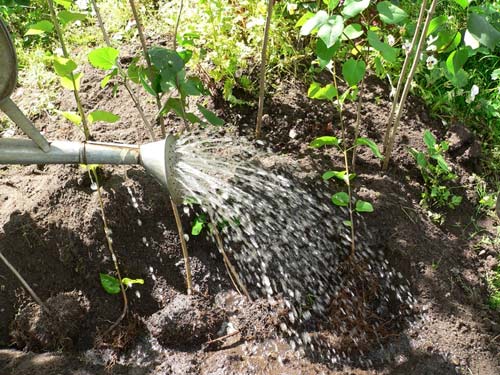
Lilac Hungarian and wintering
Given the fact that Hungarian successfully grows even in the northernmost regions of Russia, it can be guessing that it perfectly tolerates winter and frost, while it does not need annual shelter and rarely suffers from aggressive climate. She is rapidly restored, her shoots mature to the very first frosts. Even in the oldest age and at the stage of vegetation, lilac does not require special preparation for the winter.

Fertilizer and feeding of the Lilac Hungarian
Fertilizers under lilac begin 2-3 years after landing. But from the second year after the landing, the shrub is usually fed by nitrogen - at the rate of 50 g of urea or 65 g of ammonium nitrate for one plant throughout the season.
Most often, organic fertilizers are used (up to 3 buckets of manure under the bush), such as a korovyan, which is made at a distance of 0.5 m from the barrel.
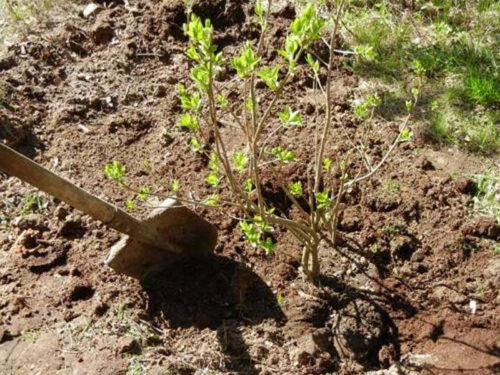
At the very beginning of its growth, Hungarian needs nitrogen fertilizers, in the active phase of the formation of buds, she needs phosphorus, and in the middle of summer, the root system has a need for potash fertilizers.
If potash or phosphoric fertilizers use, then they go to a depth of 8 cm - in the fall, once for 2 years. The proportions are withstanding the following: Double Superphosphate - 40 g, Potash Selith - 35 g per adult shrub.
The best fertilizer carrying the whole complex of beneficial substances is considered a blown tree. For effective fertilizer, 200 g of ashes in 7-8 liters of water are stirred.

How do you and with what are the Hungarian lilac combine in the garden design?
Hungarian lilac with a variety of its colors is perfectly combined in decorative compositions with other blooming perennial shrubs. Its indisputable advantage that can be used in the design and design of the territory of the country or garden plot is its inability to grow strongly and capture the soil around him. It has an elegant and at the same time a strict look, can focus on himself, and at the same time it is advantageous to emphasize the external advantages of the "neighboring" plants. So, use Hungarian lilac can be:
- for the design of living ingredients (both functional and landscape);
- in combination with other shrubs and trees;
- on the flower beds of any size, with any "filling";
- in arrays and sirengaries;
- to make accents vertically in monotonous horizontal blooming compositions.
The best "partners" on the site for the Hungarian lilac will be:
- kalina;
- hydrangea;
- peony tree-shaped;
- floxes and Lupins;
- evergreen decorative coniferous plants - juniper, ate;
- any decorative perennial shrubs.
Hungarian lilac: varieties and colors
And finally, let's admire the beautiful plant in the diversity of its varieties and colors.
Lilac Hungarian ordinary can bloom in a wide variety of colors - from delicate white to a saturated purple. One of the most common is Lilac Hungarian Pink - both pale and screaming raspberry.
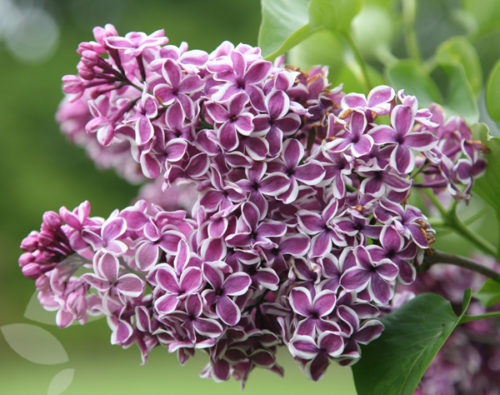
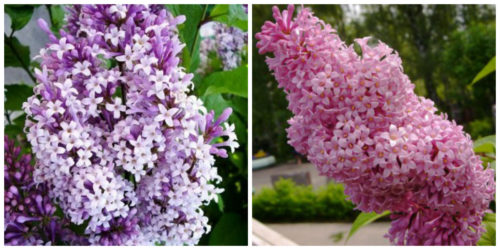
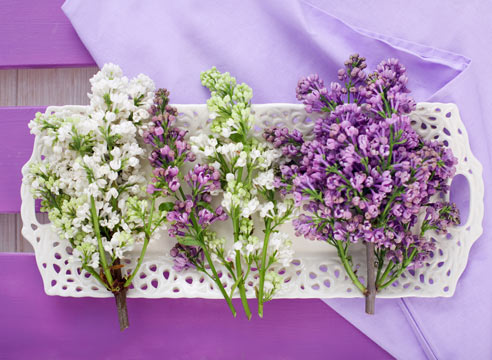
At the same time, it is extremely difficult to guess what a lilac bloom in every year will bloom. This feature most brightly characterizes Lilac Hungarian, adds her "mysteriousness" and charm, and makes the gardeners and summer houses again and again choose it to decorate their sites.

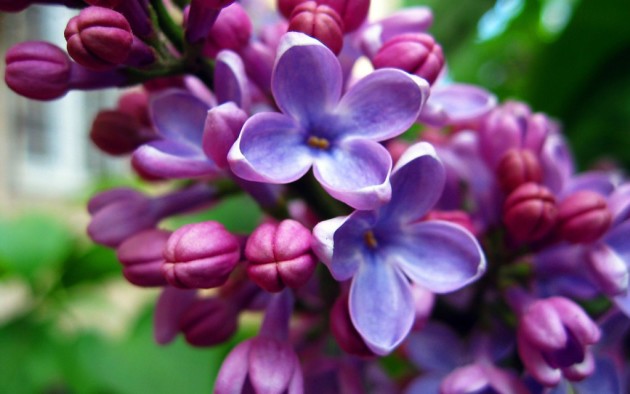


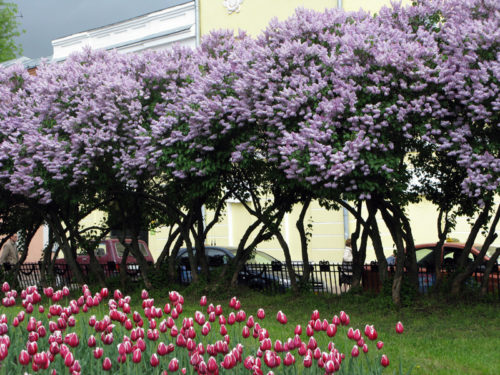
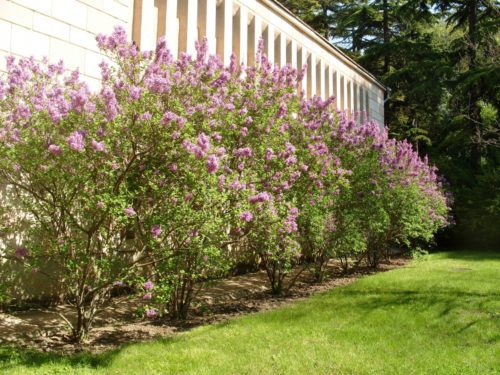
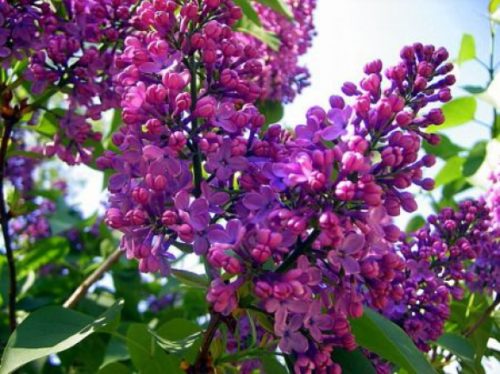
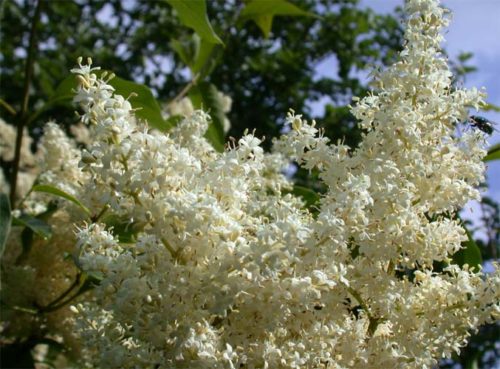
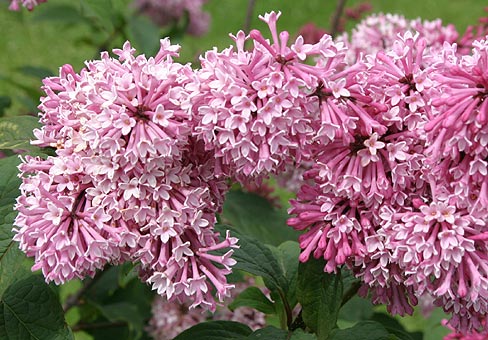












 Start a discussion ...
Start a discussion ...